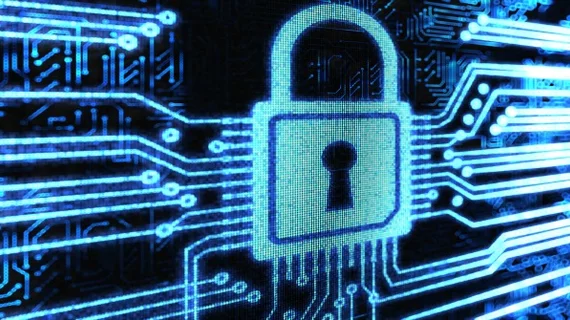NIST releases guidelines for securing records on mobile devices
Healthcare organizations wondering how to better secure information can look to the National Cybersecurity Center of Excellence for advice after it recently released a new set of practice guidelines on how to better protect information in electronic health records (EHRs).
The center's practice guide for Securing Electronic Health Records on Mobile Devices was recently released in an effort to prevent EHRs from being exploited, ensuring patients’ health, identity and privacy aren’t compromised.
“Specifically, we show how security engineers and IT professionals, using commercially available and open-source tools and technologies that are consistent with cybersecurity standards, can help healthcare organizations that use mobile devices share patients’ health records more securely. We use a layered security strategy to achieve these results,” the guide states.

